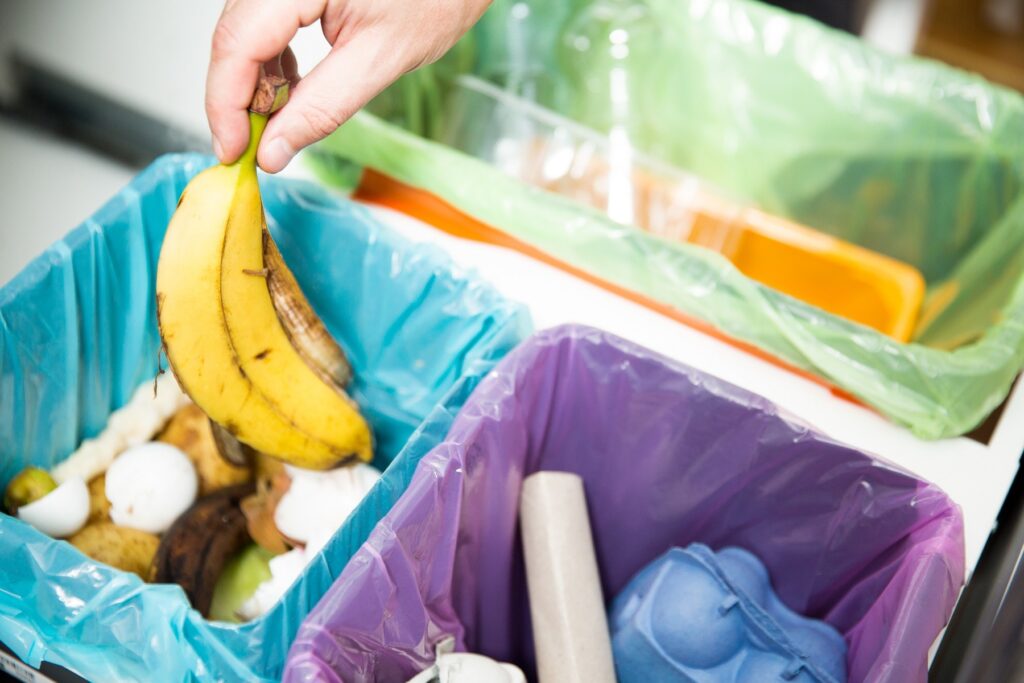CALL NOW FOR A FREE QUOTE 866.760.8194
Why You Need a Restaurant Waste Management Plan for Your Restaurant
Whether your restaurant is part of a hotel or its own separate business, you need to be aware of the amount of waste your restaurant is generating. Waste comes in many different forms and can have a direct impact on your costs and bottom line.
Do you have an idea of how much money is being lost every day that goes into the trash at your restaurant? If not, you need to develop an effective restaurant waste management plan. Before we look at how to create this plan, let’s take a look at the different types of waste in your restaurant.
Waste from Employees

One type of waste your restaurant generates is from your employees and day-to-day operations. This type of waste could include:
- Food/Organic Waste
- Cardboard/Paper Waste
- Plastic Waste
- Metal Waste
Waste from Customers
Your customers also generate waste. The most common type of customer waste is leftover food on their plates. They can also generate:
- Cardboard/Paper Waste
- Plastic Waste
Ideally, you want to identify each type of waste stream from both your employees and customers. Once you have the list of the different waste types, your next step is to do a waste audit.
How to Conduct a Restaurant Waste Audit
The easiest way to conduct a waste audit is with help from a waste management consultant. They are familiar with restaurant operations and the types of waste generated from various sources. They can review your list of different types of waste you created. Additionally, they may identify other types of waste you overlooked.
Your audit will consist of several different steps that need to be performed for an accurate assessment.
Step 1: Meet with your employees.
Your employees come into contact with just about all the waste generated in your restaurant. It is important to stress the importance of reducing waste. At the same time, they can also be valuable resources and may have great ideas to help reduce waste.
Step 2: Divide waste into different containers.
The next step is to see just how much waste is being generated. You should have individual waste containers for each type of waste your restaurant generates. For instance, you would want one container for food waste from employees and another container for food waste from customers.
Step 3: Record the volume of waste being generated.
You will want to record the volume of each type of waste being generated every day. Your waste consultant can offer advice on how long you should record and track waste generation.
Step 4: Analyze the results to create your waste management plan.

Your waste management consultant will take the recorded data you collected about your waste and use it to develop your waste management plan.
Creating a Restaurant Waste Management Plan
Your waste management plan can have several different components based on the types of waste your restaurant generates. For example, your consultant may recommend creating a recycling waste program. With this type of program, you sell your recycled waste to different buyers. Therefore, you end up creating a new revenue stream for your restaurant.
When creating your waste management plan, it is important to remember it is not a one-and-done type of deal. You will want to review your plan at set intervals to ensure it is still effective at managing your waste. Your waste consultant can help you with reviews and identifying new sources of waste.
To get started on creating your restaurant waste management plan, please feel free to contact Global Trash Solutions at 866-760-8194 to speak with a waste management consultant today!
Recent Post
Is Hiring a Waste Consultant Right for Your Business?
Managing waste and recycling needs poses a distinct hurdle for businesses focused on…
Read More >Understanding Scope 3 Emissions
Scope 3 emissions are an important component of a company’s total greenhouse gas…
Read More >